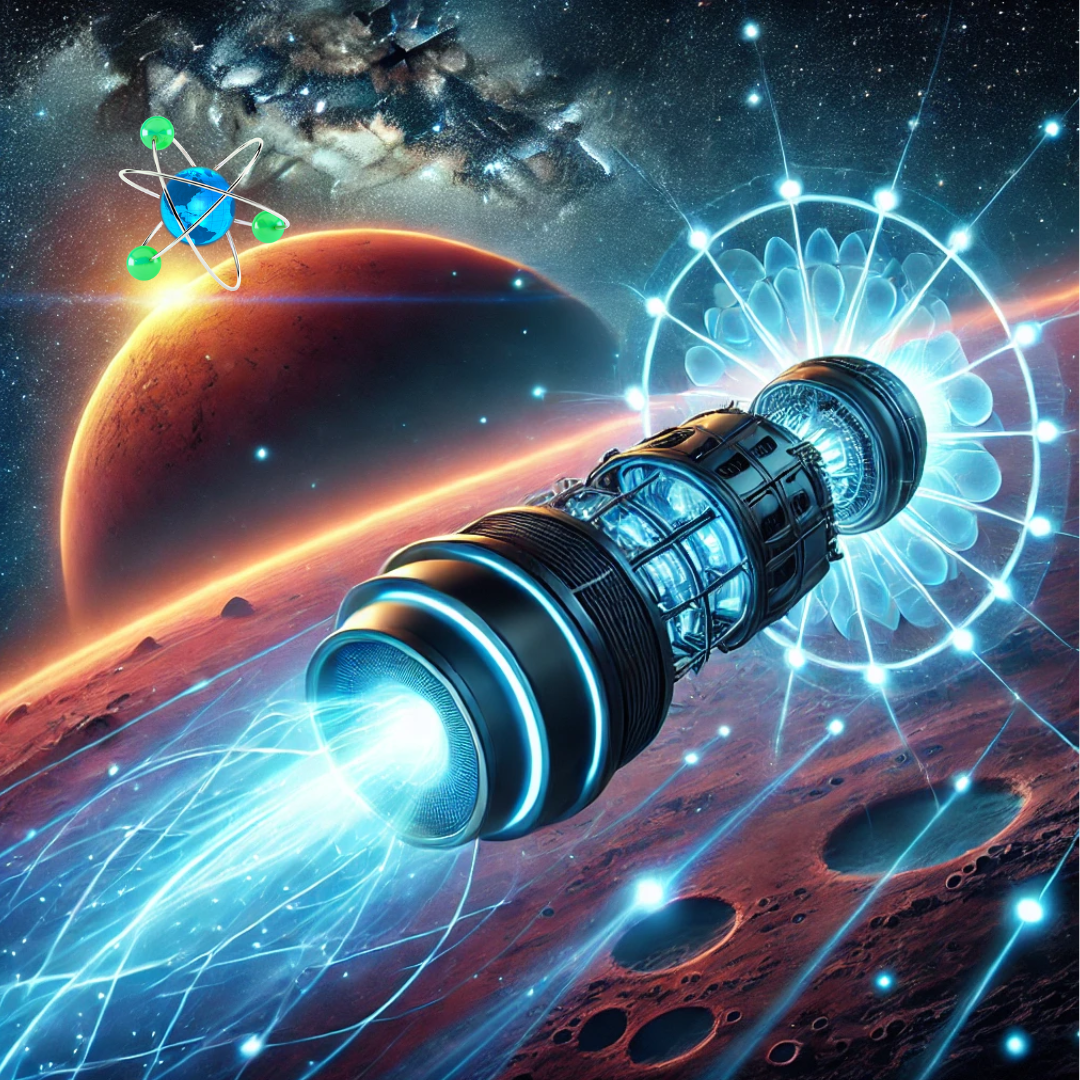
- Nuclear propulsion is set to revolutionize space travel: nuclear thermal propulsion (NTP) and nuclear electric propulsion (NEP) offer significantly higher efficiency than chemical rockets, reducing travel time and enabling more ambitious deep-space missions, such as trips to Mars and beyond.
- Lockheed Martin, L3 Harris, BWX Technologies, and Ultra Safe Nuclear Corporation are making significant progress in developing and testing nuclear propulsion systems, with milestones like NASA’s DRACO project aiming for operational nuclear-powered propulsion by 2027.
- Nuclear propulsion enhances space mission safety and feasibility: NTP and NEP systems offer long-duration, low-thrust propulsion ideal for deep-space exploration, while advancements like HALEU reactors and TRISO-X fuel enhance safety by minimizing radiation exposure and providing reliable, continuous power for space missions.
As the world sets its sights on going back to the Moon, exploring Mars, and beyond, nuclear propulsion is emerging as a game-changing technology that could dramatically reduce travel time and enable more ambitious and efficient deep-space missions.
The promise of nuclear propulsion lies in its efficiency. Unlike traditional chemical rockets, which use the energy from burning fuel to create thrust, nuclear systems leverage the heat from nuclear reactions to propel spacecraft. NTP systems use a nuclear reactor to heat a propellant—usually hydrogen—to extremely high temperatures, which is then expelled through a nozzle to produce thrust. This technology provides a specific impulse up to three times greater than that of chemical rockets, allowing spacecraft to carry less fuel and travel longer distances more efficiently. For example, human missions to Mars, which currently take about six months, could be shortened by months, making deep-space travel safer and more feasible.
Key players in the nuclear propulsion sector are accelerating development through collaborations and innovative technologies. Lockheed Martin and BWX Technologies have teamed up under NASA’s DARPA DRACO (Demonstration Rocket for Agile Cislunar Operations) project to design and test a nuclear-powered propulsion system by 2027. Their combined expertise in nuclear reactors, space systems, and cryogenic hydrogen storage is helping to mature the technology for future missions. Similarly, L3 Harris, in partnership with Aerojet Rocketdyne, is advancing both NTP and NEP systems, with the goal of creating lighter, faster spacecraft for missions to Mars and beyond. Additionally, USNC has developed the TRISO-X fuel, a ceramic-coated nuclear fuel that can withstand extreme temperatures and radiation, a critical component for safe and efficient nuclear thermal propulsion.
One of the most exciting aspects of nuclear propulsion technology is its potential for long-duration space missions. NEP, in particular, offers immense advantages for deep-space exploration. These systems can generate continuous power to propel spacecraft on missions to the outer planets, asteroids, and deeper space. The developments in nuclear propulsion are not only changing the pace of space exploration but also the landscape of space safety. With NTP, speed and time efficiency, and reduced radiation exposure are vital improvements for human spaceflight.
As companies continue to push the boundaries of nuclear propulsion, the era of human missions to Mars and beyond seems more tangible than ever. With technology advancing at a rapid pace, nuclear propulsion may soon become the backbone of humanity’s journey into the stars.
